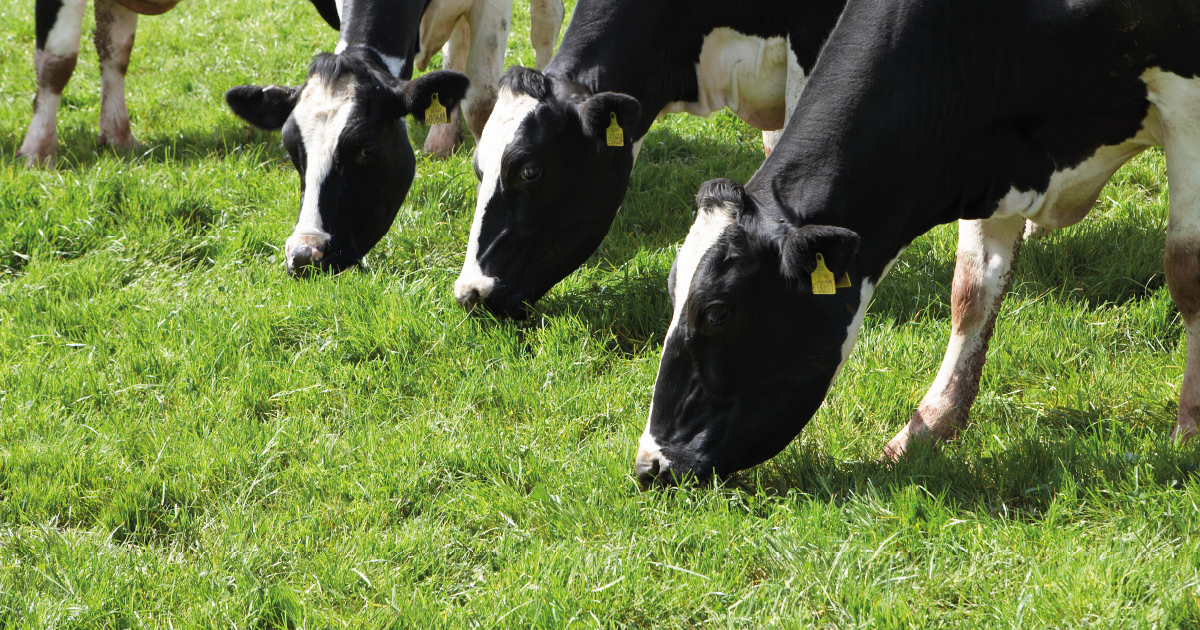Milk Fever: Treatment and prevention
-

- 17 May 2023
- 0 Comments

What is milk fever?
Milk fever, also known as hypocalcemia, is a metabolic disorder in dairy cows that occurs when the blood calcium level drops too low. It is a serious condition that can be fatal if not treated promptly.
The most common cause of milk fever is a sudden drop in blood calcium levels after calving. This can happen because the cow's body needs to mobilize a large amount of calcium to produce milk. If the cow's diet is not adequate in calcium, or if the cow is unable to absorb calcium from her diet, she may develop milk fever.
Read our top tips for transition dairy cow management
Dry cows are at a higher risk of developing milk fever at the point of calving because their bodies are not producing milk and therefore they are not mobilising calcium from their reserves. Additionally, dry cows are often fed a diet that is lower in calcium than the diet they were fed during lactation. This can lead to a calcium deficiency, which can increase the risk of milk fever. Additionally, Potassium and Sodium which is common in grass-based forages inhibit the cow's ability to mobilise calcium from her reserves.
A dry cow is a dairy cow that has ceased milk production. This occurs during the dry period, which is the time between lactations. The dry period typically lasts for 40 to 65 days. During this time, the cow's body is allowed to rest and rebuild its nutrient stores. This is important for the cow's health and for ensuring that she will be able to produce high-quality milk during her next lactation.
Other risk factors for milk fever include:
- First-calf heifers
- Over conditioned cows
- Thin cows
- Cows with a history of milk fever
- Cows that have had a difficult calving
- Cows that are stressed
- Cows that are not eating enough
- Cows that are not lying down enough
Here are some tips for preventing milk fever
- Feed a lactating diet that has plenty of calcium. The recommended calcium intake for dairy cows is 10-12 grams per day. – not sure this is correct. My best herds will get 240-250 grams of calcium/day
- Make dry cow-specific forage to manage sodium and potassium in the dry cow diet. Grass silage from the ground that has not had any slurry applied, hybrid rye, straw and maize silage all work well
- Provide plenty of fresh water. Cows need to drink plenty of water to help absorb calcium.
- Avoid stress. Stress can increase the risk of milk fever.
- Ensure dry cows have plenty of feed access – at least 85cm per cow. Competing for feed reduces total intake and therefore circulating calcium
- Make sure dry cows have plenty of space to lie down – at least 1M2 per cow. Increased lying times increase calcium circulation
- Monitor cows for clinical signs of milk fever. Signs of milk fever include: Lethargy, trembling, difficulty standing, stiffness, muscle twitching and convulsions








